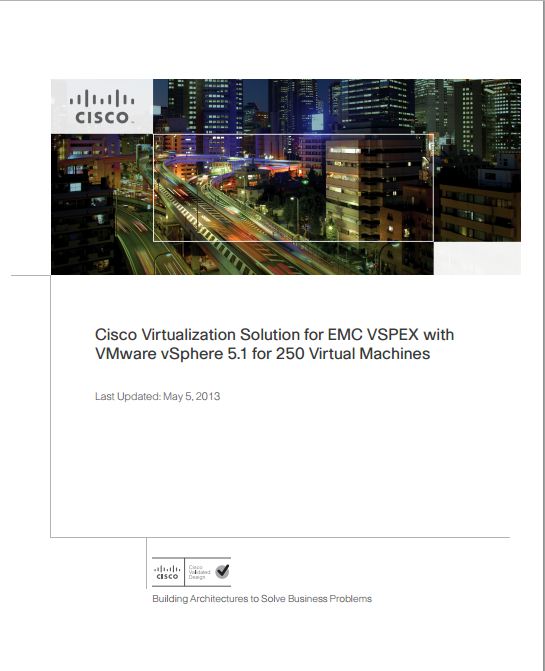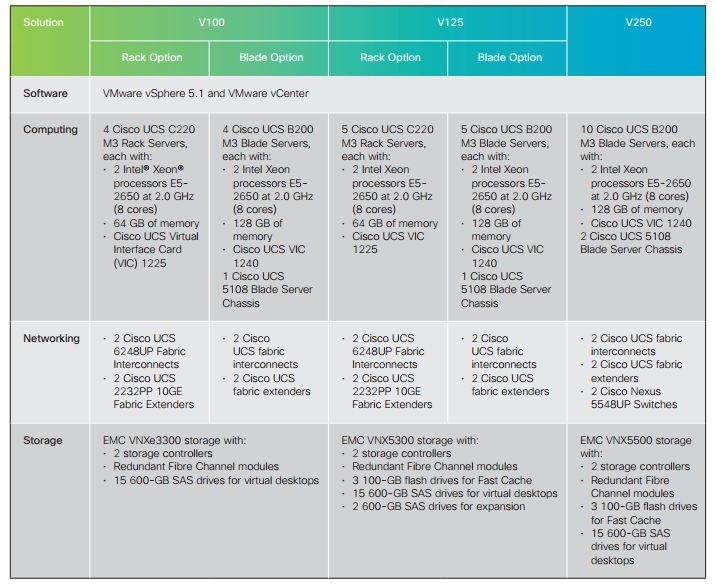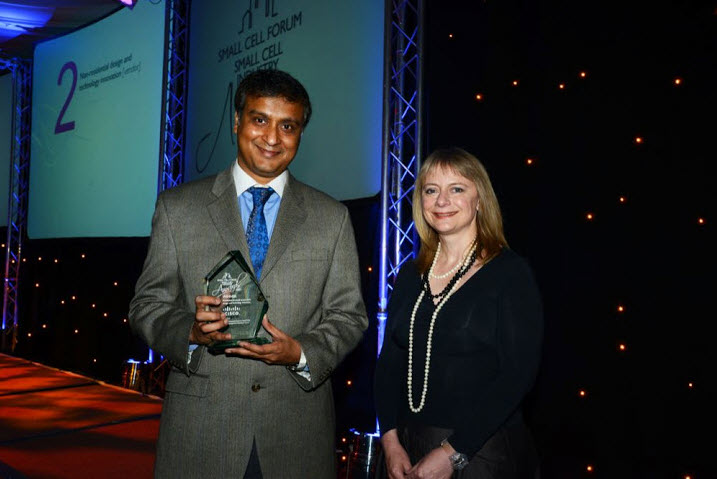Welcome to the Cisco Sizzle! Each month, we’re rounding up the best of the best from across our social media channels for your reading pleasure. From the most read blog posts to the top engaging content on Facebook or LinkedIn, catch up on things you might have missed, or on the articles you just want to see again, all in one place.
Let’s take a look back at the top content from May…
Work-Life Balance … Or Work-Life Integration?
Achieving a work-life balance can be tough, but Cisco’s CTO Padmasree Warrior takes a different approach. Instead of trying to balance the demands of work and home separately, she embraces integration and combines the two together whenever she can.
IoE: Powering Supply Chain Management
Cisco is connecting the Internet of Everything to get supply chains perfectly linked. Watch this video to explore how IoE instigates meaningful actions to happen faster.
https://www.youtube.com/watch?v=Wvl6HalipMs
Cisco Ranks High With Young Professionals
Career Bliss recently compiled a list of the top 10 companies where young employees are happiest, based on more than 48,000 employee-generated reviews. It’s no surprise to us – Cisco was ranked as #5 overall! Many thanks to our employees for this honor – you make us happy, too!
How Organized is Your Cabling?
Any IT guru will agree: this is an amazing feat of organization. Extra credit to anyone who can keep cabling in line like this!
How IoE Will Bring Up to $14 Trillion of Value to the World
During the 2013 Cisco Editors Conference, Padmasree Warrior and Sean Curtis demonstrated how applications, cloud, data centers and intelligent networks come together to deliver new experience and opportunities. Watch to learn more:
Cisco and Wired: Re-Imagining Magazines As We Know Them
Cisco and Wired are joining forces to provide living examples of the Internet of Everything and its future possibilities. Explore this interactive magazine to see how IoE is changing every aspect of our lives.
What Keeps a CEO Up At Night?
In this latest installment of Leadership@Cisco, Cisco Chairman and CEO John Chambers talks about his love for adventure, the importance of family and the characteristics that make a good leader. Learn what he’s most passionate about, where he sees technology going in the future and what keeps him up at night in this video.
Cloud Curious?
Cloud computing is fundamentally changing the way businesses and people consume information. It is enabling IT as a service, evolving collaboration and changing content delivery. See for yourself how Cisco is helping service providers of all sizes navigate the world of many clouds:
Coordinated Attacks Against the U.S. Government and Banking Infrastructure
In this blog post, Mike Schiffman and other Cisco employees inform us of a round of planned cyber attacks that have been launched against the U.S. government and banking systems. They provide an overview of the situation along with resources and best practices to prevent and respond to the attacks. For more information on how to protect against these attacks, don’t miss this post:
Check out the Cisco Storify feed for even more great content!






 gested alternate routes, potentially reducing hours of unproductive time spent behind the wheel. Similarly, manufacturers can connect their stock inventory with their suppliers’ production systems so that potential delays can be identified as early as possible and corrective actions taken on their respective shop floors to better prioritize people’s activities. In each of these cases, it’s easy to see the added value of connecting not just things, but also people, data and processes.
gested alternate routes, potentially reducing hours of unproductive time spent behind the wheel. Similarly, manufacturers can connect their stock inventory with their suppliers’ production systems so that potential delays can be identified as early as possible and corrective actions taken on their respective shop floors to better prioritize people’s activities. In each of these cases, it’s easy to see the added value of connecting not just things, but also people, data and processes.
CONNECT WITH US